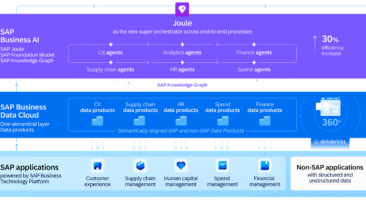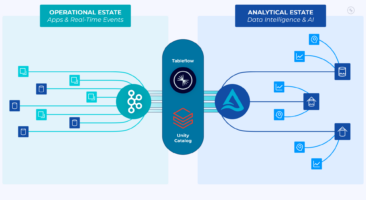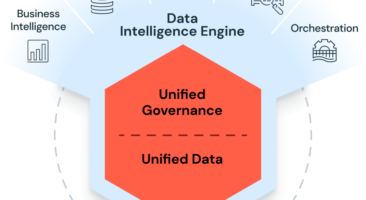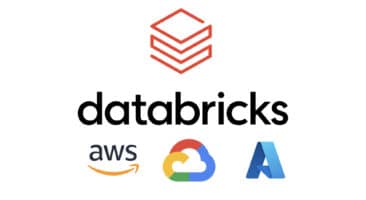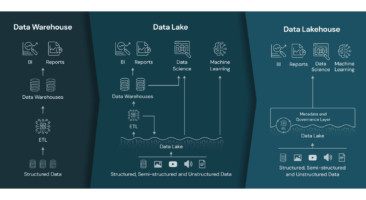What is AIOps?
Although Plant & Works Engineering calls man, “The best condition monitoring device ever invented,” his (or her) status atop that set of skills is being threatened by Artificial Intelligence in general and AIOps in particular. But what is AIOps?
Championed as ‘The next big thing in IT Operation’, AIOps uses artificial intelligence and machine learning to collect and perform real-time analysis on a system’s data. This can help system administrators to infer probable root causes for problems, potentially, alleviating them and keeping the system running smoothly and optimally.
Gartner defines AIOps as a platform that utilizes “big data, modern machine learning and other advanced analytics technologies to, directly and indirectly, enhance IT operations (monitoring, automation and service desk) functions with proactive, personal and dynamic insight.” AIOps platforms enable the concurrent use of multiple data sources, data collection methods, analytical (real-time and deep) technologies, and presentation technologies.”
Nothing compares to an experienced engineer who knows the unique quirks and intricate nuances of a company’s IT estate, except maybe AIOps. Man’s superiority as a monitoring device is now being challenged by this real-time monitoring system that can learn and oversee a company’s hardware and network infrastructure, as well as the software running on it, so well that it can proactively advise on problems that are not only occurring but might be about to become problematic. In a predictive asset maintenance kind of way, AIOps can deliver control over chaos. AIOps can manage an IT system on a whole new level, a level that is far beyond the capabilities of man.
Why do you need AIOps? Well, today’s IT systems have become so incredibly complex and many of today’s IT monitoring tools are single-focused diagnostic tools that look only to the past and have no predictive capabilities. AIOps, however, can take in massive amounts of data from a multitude of systems, aggregate the data in real-time, then detect a cause and effect pattern that most humans would miss as well as offer solutions to potential problems before they become too costly or mission-critical.
The benefits of an organization utilizing AIOps are multifold. First and foremost, a reduction in operational noise, which will help increase performance, and any analytical model more accurate. AIOps will bring organization to normally chaotic IT systems. ML algorithms within an AIOps system can capture data, meta-tag it, classify it, detect anomalies, then predict trends, determine causality, and then potentially heal the system. AIOps workflows can become part of the company’s ongoing system operational intelligence that can help keep problems proactively at bay. IT departments won’t be inundated with microservice alerts. Operations will get detailed information about potential issues that threaten mission-critical services. AIOps allows collaboration throughout the company.
Today, almost any system-level metric can be added as a variable in an AIOps analytical model, which can help build a root-cause analysis of potential issues. Overall, the business will get end-to-end visibility into their critical processes, which should help identify problems that might cause future incidents. One of the biggest benefits of AIOps is it provides insight into future events and therefore mitigates downtime.
Because of the complexity of modern IT systems, cause-and-effect is not always an easy thing to capture and/or correlate. However, AIOps can act as a situation room sitting atop a company’s IT infrastructure, standing at the ready to proactively squash any issue or problem that might arise. AIOps systems can even act in a self-fixing way. All-in-all, AIOps will help companies make better IT decisions. They will become more agile, more productive, more reactive, and their analytical models will be more accurate. It is AIOps to the IT operations rescue, and this probably won’t be the first time AI eclipses man.











